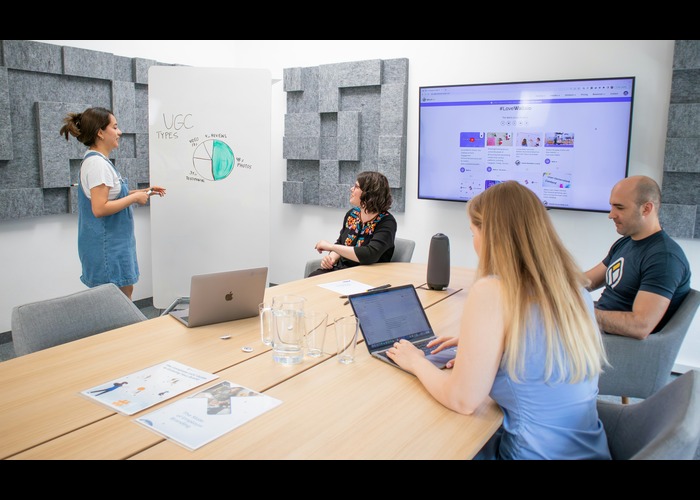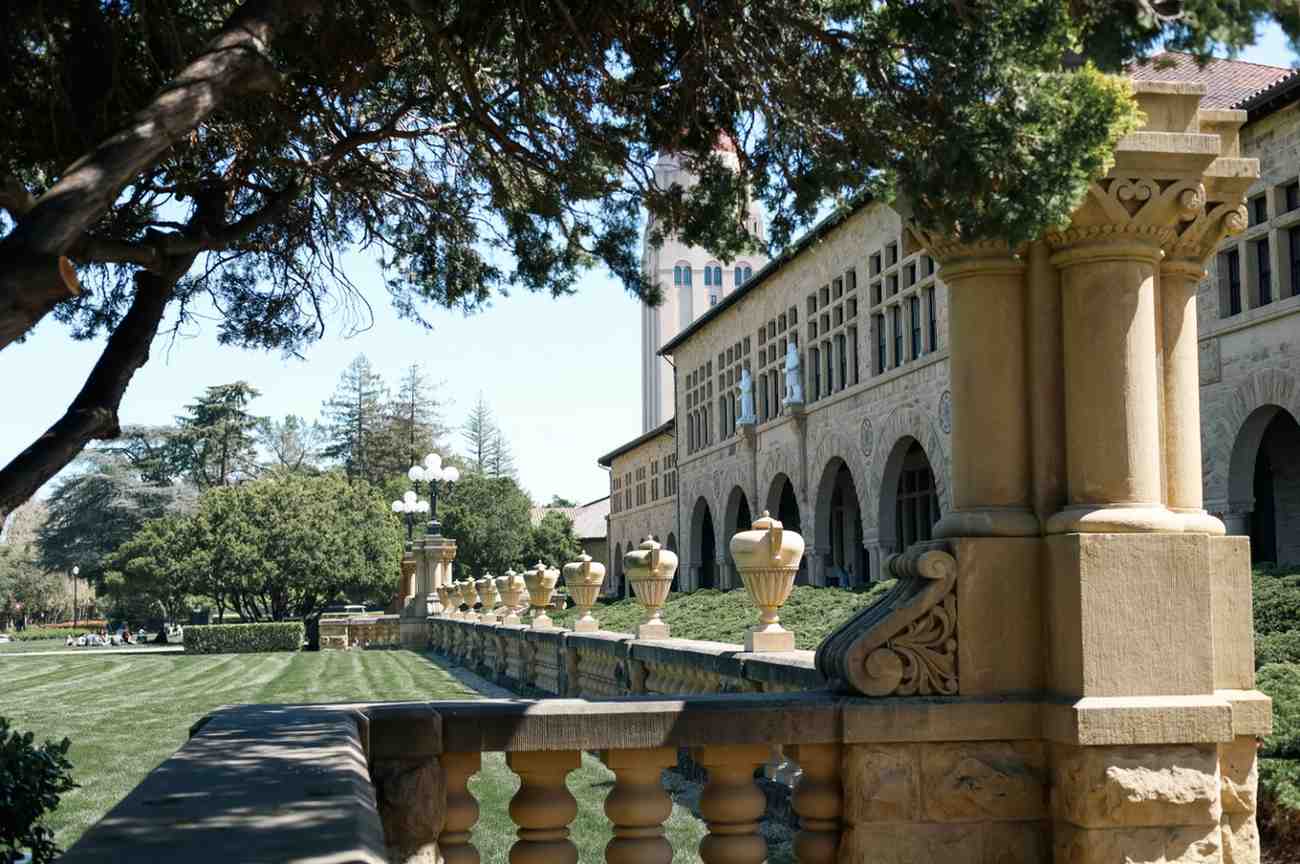
The International Space Settlement Design Competition (ISSDC) is no ordinary contest—it’s a chance to step into the shoes of aerospace engineers, entrepreneurs, and innovators. High school students from around the world come together and solve complex, real-world problems of designing future space settlements that meet specific technical, economic, and social criteria, all while adhering to constraints and budgets outlined in the competition guidelines.. You collaborate on teams, balance technical challenges with business strategies, and present your solutions to experts from NASA, Boeing, and other leaders of the field. But how do you stand out in such a competitive and prestigious environment?
Going for Gold: A Winning Strategy for ISSDC
Winning this prestigious competition is no easy feat. It opens doors to incomparable opportunities in STEM fields, particularly aerospace engineering, is a powerful addition to any college application, and gives you first hand project experience at the highest level possible at the high school level. However, the journey to victory requires dedication, collaboration, and strategic planning. This guide provides detailed insights and actionable tips to help you stand out and make your mark in the ISSDC.
1. Start Early and Stay Organized
Success begins with preparation. Form your team as early as possible and ensure that everyone has a clearly defined role, such as structural engineer, systems designer, or communications lead.
- Assign tasks based on team members’ strengths to ensure efficiency and expertise in each area.
- Develop a project timeline with specific milestones and deadlines to keep your team on track. Include time for brainstorming, drafting designs, creating visuals, and practicing your presentation.
- Use Collaboration Tools: Platforms like Trello, Slack, or Google Workspace can help your team stay organized, communicate effectively, and share progress updates.
Starting early and maintaining organization will prevent last-minute stress and allow your team to focus on refining your design and presentation.
2. Understand the Challenge Thoroughly
A deep understanding of the competition’s guidelines and technical requirements is essential for developing a feasible and innovative design.
- Study the Rules: Familiarize yourself with every detail of the competition handbook, including constraints, deliverables, and judging criteria.
- Analyze Previous Winning Designs: Review designs from past winners to understand exactly what the judges value.
- Research Space Settlement Concepts: Study existing space exploration technologies and theories, such as the International Space Station, Mars habitats, or O’Neill Cylinders, to gain both inspiration and technical insights.
3. Creativity through Collaboration
The ISSDC is about more than just technical knowledge. Unconventional ideas have a way of standing out and beating the competition.
- Brainstorm Freely: Set aside dedicated time for brainstorming sessions where team members can propose bold, creative solutions without judgment.
- Combine Disciplines: Integrate insights from different fields, such as biology for life support systems or psychology for human well-being, to create a well-rounded design. Strong visual and structural concepts also matter, which is why exposure to leading art and design institutions can be valuable for students who want to sharpen their creative and presentation skills.
- Encourage Participation: Ensure that every team member feels valued and has the opportunity to contribute their ideas. Diversity of thought strengthens your final design.
A balance between creativity and practicality is key. Aim for innovative solutions that are also feasible within the constraints of the competition.
4. Focus on Presentation and Communication
A strong design needs to be clearly and compellingly communicated to stand out to judges.
- Highlight Key Features: Emphasize the most innovative and impactful aspects of your design, such as sustainable resource management or advanced safety systems.
- Use Visual Aids: Create detailed diagrams, 3D models, videos, and other visuals to help judges visualize your space settlement. Tools like AutoCAD, SketchUp, or Blender can be useful for creating professional-grade visuals.
- Practice Your Delivery: Rehearse your presentation multiple times to ensure every team member can speak confidently about their role and contributions. A presentation is only as powerful as your ability to deliver it.
5. Seek Feedback and Iterate
Projects go from disastrous to spectacular in the editing stage. So it's crucial that you:
- Engage Mentors: Work with teachers, engineers, or aerospace professionals who can provide expert guidance and constructive criticism.
- Test and Revise: Regularly review your design for weaknesses or gaps and be prepared to iterate and improve.
- Stay Open-Minded: Embrace feedback as an opportunity to strengthen your project, even if it means revisiting earlier decisions.
By actively seeking feedback and refining your work, your team can ensure that your final design is as strong and polished as possible.
Winning the ISSDC is an incredible accomplishment, but the true value of the competition lies in the journey itself. The skills you develop—teamwork, critical thinking, technical expertise, and effective communication—will serve you well into the future.
Good luck to all aspiring space settlers and we will see you among the stars.


.png)





.png)
